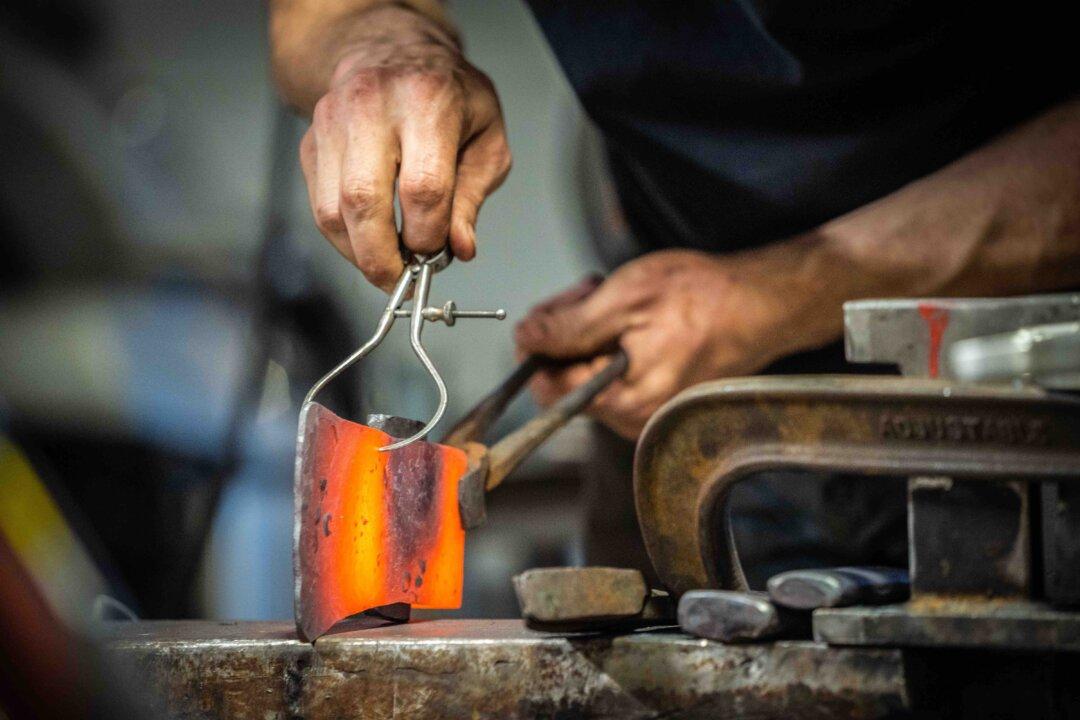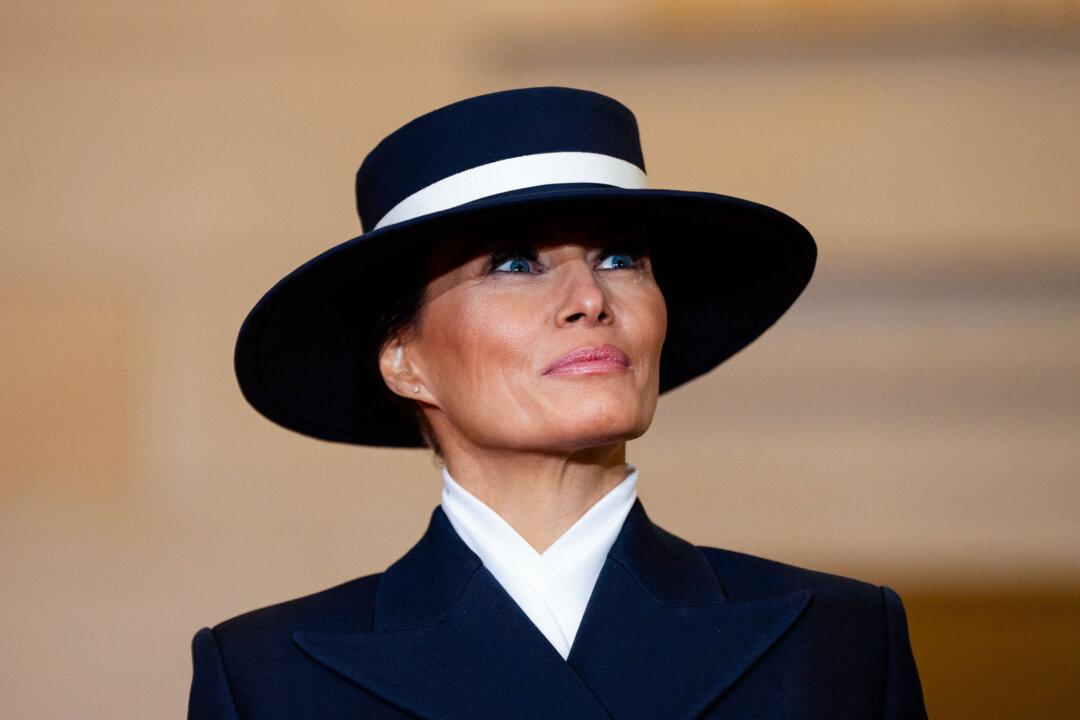Say hello to the kakapo, or the owl parrot, surely one of the strangest birds on the planet: It has the body of a huge green parrot and the face of an owl. Unable to fly, it has a comical waddling walk and is equipped with a big, loud voice.
It’s believed that the kakapo is one of the heaviest parrots in the world; the average weight of males is around 4.5 to 6.6 pounds (2 to 3 kilograms), while females weigh around 2.2 to 3.3 pounds (1 to 1.5 kilograms).






